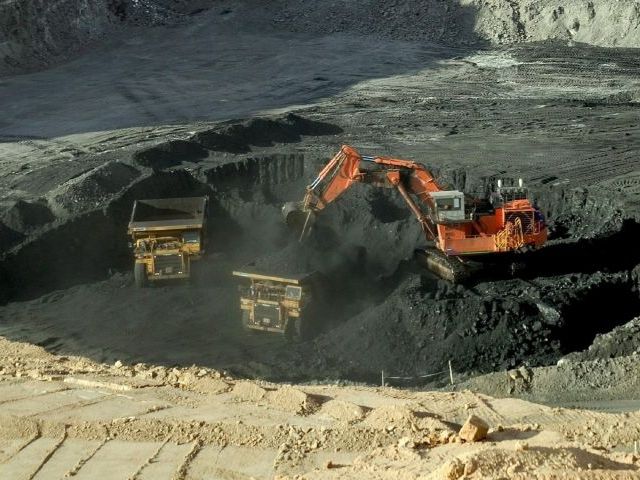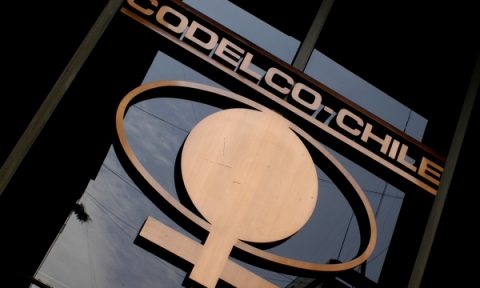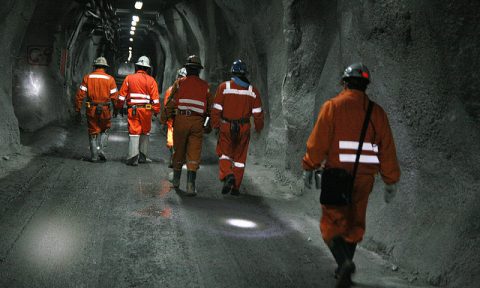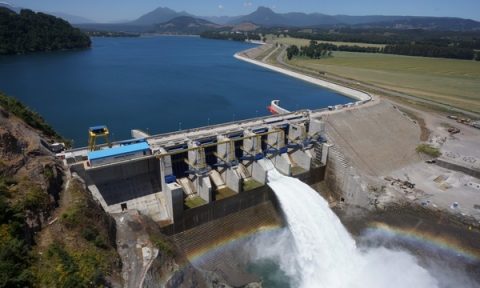Coal to double share in SIC Energy Matrix

11-06-2012 Estrategia – Noticias
With hydroelectric projects stoppage
Coal to double share in SIC Energy Matrix
Should it be the case that HydroAysén is never built, this would then mean that the water that is being wasted without being used for power generation and goes its way to the sea would be amounting to US$2,000 million per year
Growing judicialization and rejection of power generation projects might have important effects over prices and composition of SIC (Interconnected Central System) matrix, especially if the HidroAysén project is finally and definitively dropped. According to a recent report issued by UNIP (Projects and Business Intelligence Unit), 10% of country investments in power generation are deferred or interrupted, i.e. an amount close to US$4,500 million.
In addition to the mid-term uncertain power supply, the SIC matrix will become more and more contaminant and expensive, which is in fact serious if one considers Chile is already in the top-ten list of OECD countries with highest electricity prices, and the second in Latin America after Uruguay.
Another thrash of hydroelectric projects stoppage is that at the mid-term the coal share in SIC matrix will more-than-double by going up from current 10.6% to a 23.2% While energy coming from water will reduce its installed capacity from 47.5% down to 41.6%, which may be compared against the 67% of only 15 years ago.
However, the situation in Chile is even more dramatic as – because of the effects of dryness – in May only 28.5% of power generation was obtained from hydroelectric power, a factor that continues causing important increase in generation costs. On the contrary, in accordance with information of Energy Ministry, developed and developing countries such as Norway (99%), Brazil (80%), Venezuela (73%), Canada (59%), and Sweden (46%) have a high percentage of matrix based upon hydric resources.
And when it is stated that NCRE would bring the solution some analysts call the attention to the fact that this type of energies also require transmission lines, which are likewise rejected by environmentalist groups and neighboring communities. Besides, emblematic countries using NCRE support this production with energies the environmentalists oppose to, where Denmark may be distinguished with 30% of their matrix coming from NCRE but with 48% of coal, while Germany counts 12% of NCRE and 46% coal.
Coalification
Regarding the matrix “coalification”, Francisco Aguirre, General Manager of Electroconsultores, has stated that in view of the current trajectory to future “coal might take an important position, even higher than 50% if hydroelectric plants are not put into service, or if we do not start different generation services such as nuclear generation”.
It is the opinion of Rodrigo Castillo, Executive Director of Electricity Companies Trade Association, that “the biggest challenge is displacing diesel from matrix (currently it holds 17.7% of matrix). It is extremely expensive and, therefore, the priority is building power plants with different technology. Coal is more efficient and less contaminant than petroleum”.
Eduardo Saavedra, teacher of energy matters at Alberto Hurtado University adds that besides judicialization issues “increment of coal presence in matrix will also be the result of lack of procurable hydraulic sources due to unavailability of water rights”. As regards to the costs the country should bear, Aguirre explains that “should it be the case that HydroAysén is never built, this would then mean that the water that is being wasted without being used for power generation and goes its way to the sea, would be amounting to US$2,000 million per year”.











